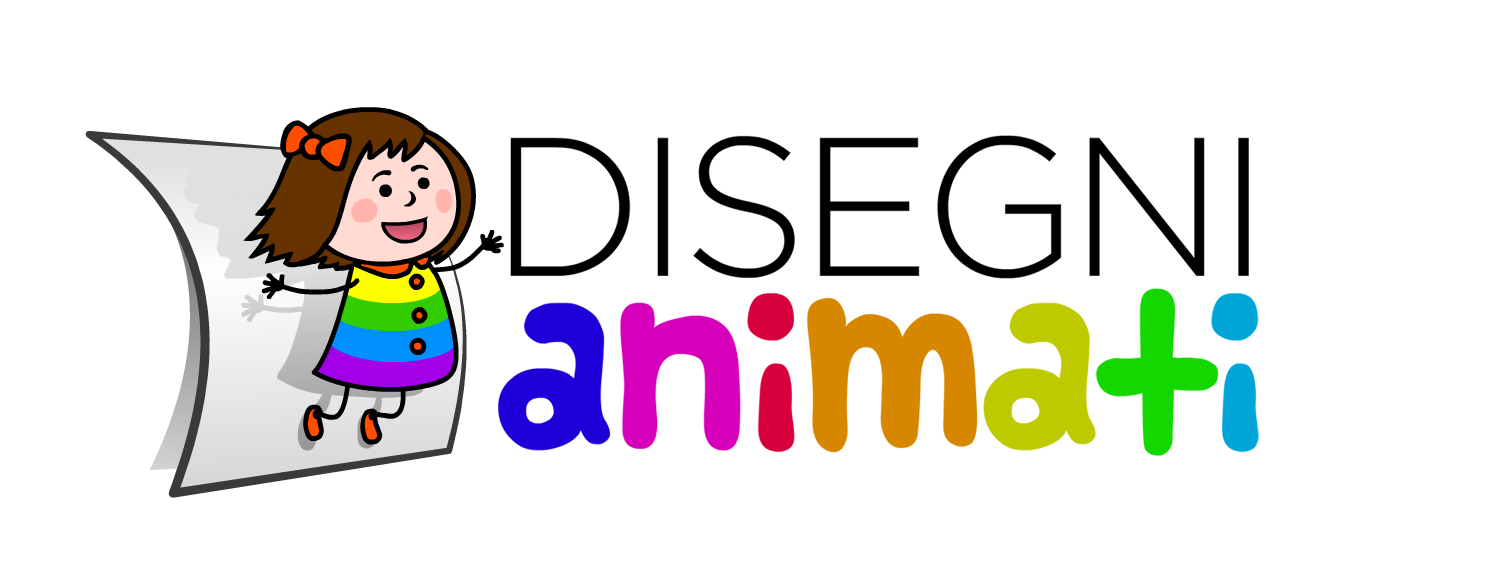1
In this preparatory step we will explain to the kids the concept of animation and dynamism, showing them various typologies of cartoons. Next we will do analysis of projects already finished previously from their contemporaries so the kids can become aware of what type of work they will have to realize.
2
At this point we switch to a detailed analysis of the story to animate. We will analyze the main scenes and the fundamentals situations, we will define the characters and the locations, as well as the representation that fits more the various sequences. This lets the student grow up with the awareness that all the things that they see on the tv or at the cinema are the results of a long work of planification, imagination , creativity and cooperation.
3
Later we switch to the drafting of the storyboard, the script of the video. In this step the collaboration with the teachers is fundamental, because the students themselves create a narrative trail that links to the requirements and possibilities that a video can offer. After filling the storyboard, we will assign each kid a specific work to finish, explaining to them what exactly he has to do, the sequentiality of the scenes (what happens before his intervention and after), and what is the result that he has to obtain.
4
This step requires the fundamental contribution of the kids. In fact they have to draw in freedom the scenes of the story. To let the components of the representation do not change rudely during the scenes, for example the main character, we establish some shared landmarks. Of course there should not be stiffness, and the teachers have to correct or change the drawing the less they can, with the purpose to maintain the typical naturalness of the kids’ drawings: The drawings have to be realized on paper, with pencils and crayons and all the piece of paper has to be filled by the drawing or the background without leaving pieces of paper not coloured.
5
The drawings are realized and digitized with a scanner and uploaded in a computer. This operation can be done from the kids themselves, so that they will learn the basic difference between an image on paper and one on a monitor.
6
This is one of the most important and complicated steps, and for that it is realized directly by a specialised office using appropriate instruments. The students can assist to a sum up of the procedure on the computer of their school, so that they understand the principal functions of the software used and the procedures to animate a drawing. Always in this step the various elements that form the cartoons are separated, providing to each of them a specific movement.
7
Once isolated backgrounds, images and characters, we switch to the layout. In this step the images will be given the movement thanks to the software useful to the creation of animations. For the kids, that in this step are viewers, is like to assist to a sort of magic. Their drawings, under their own eyes, start to move, come alive. At the end of this step the video is complete but without the soundtrack.
8
The kids themselves can register their own voices for the cartoon. Once analyzed the animation just created, they are registered in a sort of dubbing or voice over. The spoken text then is included and synchronized to the flowing of the scenes. We will also apply noises related to the situations represented and include a background music.
Credits: OmarRiva
9
At this point the kids can realize their own opening and end credits and draw also the graphic for the cover and the label of the cd, choosing the most representative drawing or that better lend itself for an eventual duplication of printing.
10
The final product could be uploaded on the web and spread through websites and social networks (ie: Facebook, Youtube, Vimeo) and easily looked both by a computer and by mobile devices (ie: smartphones or tablets). Eventually, the cartoon could be enjoyed offline and replicated in several copies as CDs or DVDs.
